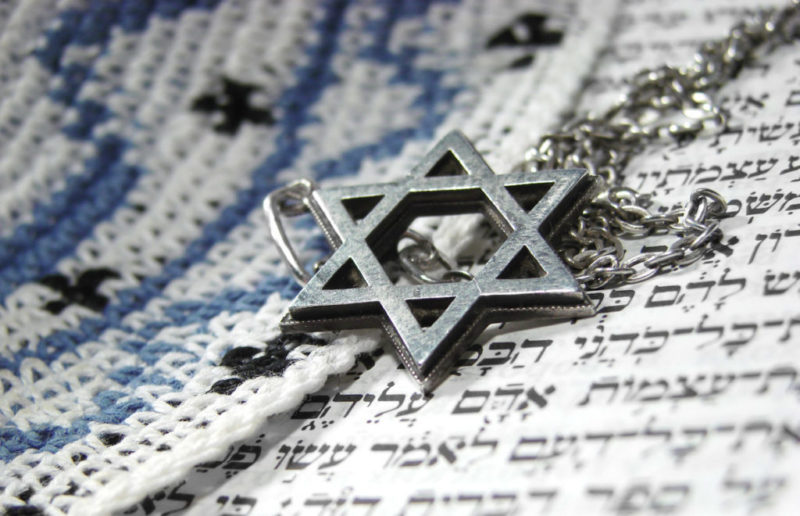Opinion
Challenges and opportunities
Living a Jewishly fulfilling life
In Short
Approximately 95% of Jews across the orthodox spectrum, and across gender, either strongly agree or agree somewhat that they find their lives Jewishly fulfilling.
As philanthropists committed to a vibrant traditional Jewish community that is relevant, accessible and meaningful to contemporary Jews, we were struck by the most recent report from Nishma on the Orthodox community. The survey, which was underwritten by our foundation, Micah Philanthropies, and its resulting report revealed many challenges and opportunities that exist in the orthodox community, and which can and will be analyzed and evaluated. Hopefully, these will generate ideas to strengthen the Orthodox community. What caught our eye, though, was not any bold headline, but rather an underlying data point that we believe signifies the beauty of Orthodoxy and has real application for the broader Jewish community as well.
Approximately 95% of Jews across the Orthodox spectrum (the Open Orthodox to the Hasidic), and across gender, either strongly agree or somewhat agree that they find their lives Jewishly fulfilling. Despite the many challenges in the orthodox community revealed by the study — from the cost of Jewish education, the cost of maintaining a Jewish home, issues of abuse, the agunah challenge and growing antisemitism — a common denominator across orthodoxy is a strong sense of Jewish fulfillment. It is important to consider why this is so and what lessons the broader Jewish community can learn from this.


iStock
What is the source of this fulfillment? While the survey didn’t ask this question directly, we think it is possible to sift through the data for clues. We propose that it has to do with finding meaning in life through a relationship with G-d, a commitment to ritual practice and being part of a warm, caring community. We would also suggest that connecting to community encompasses both local community and connection to the global Jewish community, most importantly the State of Israel.
Nearly 90% of respondents indicated that they feel that G-d is involved in day-to-day life. While G-d’s involvement is not defined, respondents clearly feel a deep connection to G-d. One respondent summarized this well, commenting, “ (I) started having a much deeper connection and relationship with Hashem, caring about learning Torah and davening, and keeping halacha.” Feeling G-d’s presence and love in the world can lead to deep satisfaction and a yearning for greater Jewish commitment. We have found in our years of communal involvement that public discussions regarding our relationship and connection with G-d are rare indeed. The broader community may want to reconsider this if we are seeking higher levels of Jewish fulfillment.
The study reveals near universal observance of the major halachic precepts — Shabbat, kashrut, taharat mishpacha (family purity). These are no doubt all difficult to observe, but these mitzvot, along with an aspiration to observe all mitzvot, provides meaning and purpose to life. It is interesting to note that the study also shows increased commitment to observance over the past ten years in all segments of the community further testifying to the power of ritual practice as a path to Jewish fulfillment.
Another interesting data point, especially in a post-COVID era, is that nearly 90% of respondents indicated that they have a primary shul. Even more importantly, more than 90% attend, feeling that their shul is welcoming and cares for them. We all can appreciate the importance and power of community to strengthen our Jewish identities. Studying what it is that creates these warm communal spaces within the orthodox community might offer lessons that are applicable to the broader Jewish community as well.
Finally, it has long been an important broader community objective to inculcate a strong bond to the State of Israel. Of course, no one is going to agree on every political issue, but the State of Israel represents the fulfillment of a two-thousand-year-old dream. The study shows a nearly 90% attachment to the State of Israel among Orthodox Jews. Further analysis of the source of this deep connection might suggest way to generate more support for Israel among the broader Jewish community especially among younger generations.
There are no magic bullets and what applies within the Orthodox community may or may not apply to the broader community. But the study does highlight the success that Orthodoxy has had in creating Jewish fulfillment through connection with G-d, ritual observance, and through developing strong communal connections both locally and globally. Hopefully lay and professional leadership can glean ideas from these successes so that the entire community can experience similar levels of Jewish fulfillment.
Ann and Jeremy Pava are trustees of Micah Philanthropies.











